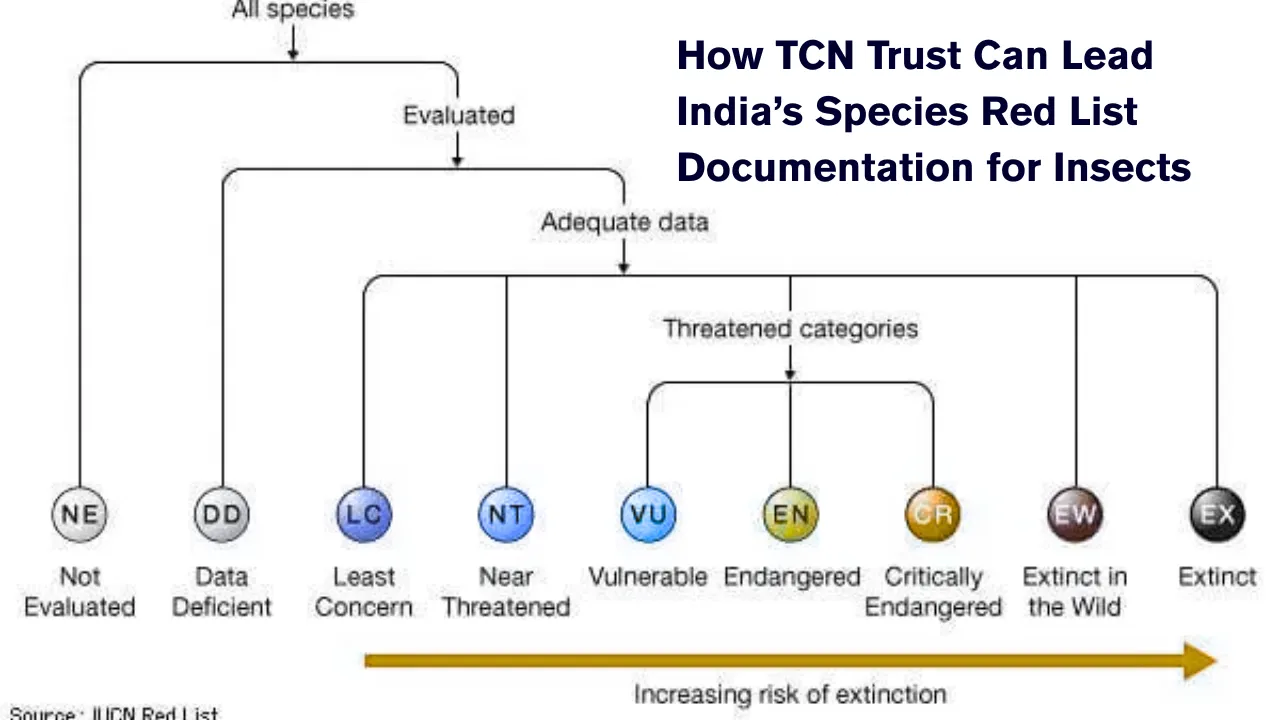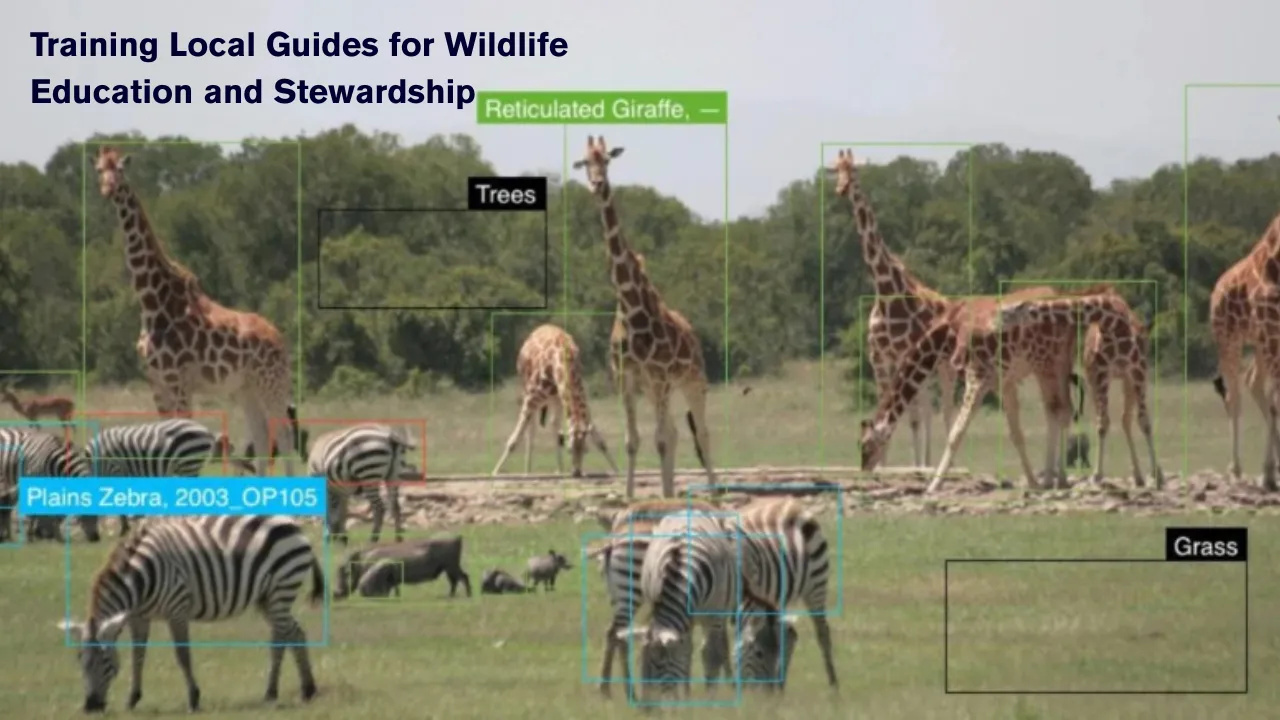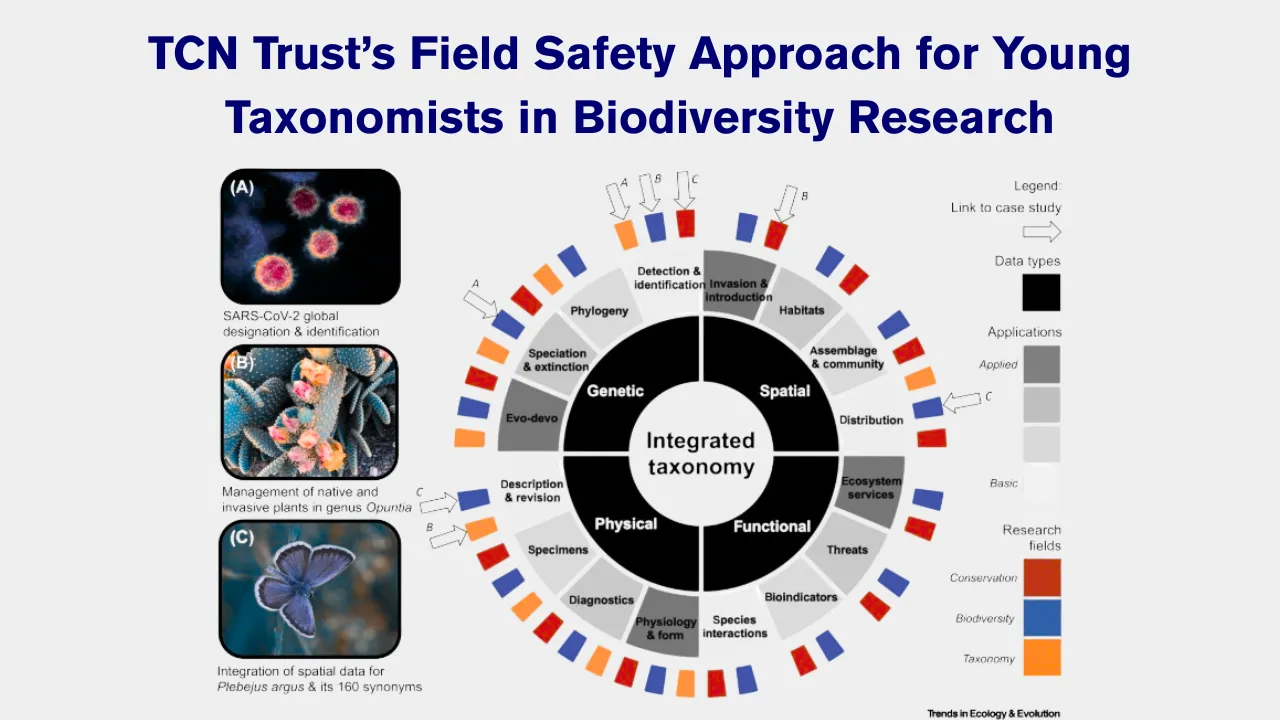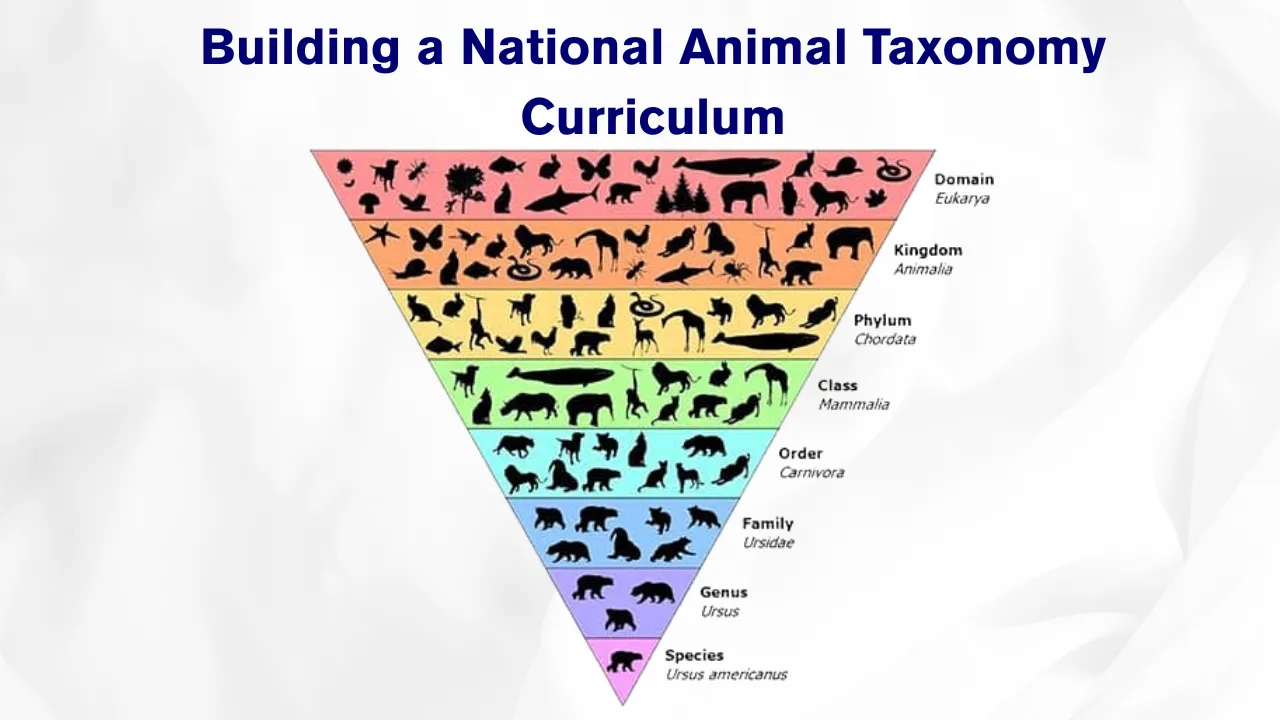TCN Trust’s involvement in Braconidae research has been instrumental in advancing our understanding of parasitoid wasps, particularly within the Braconinae subfamily. By providing consistent funding, training opportunities, and publication support, the Trust has enabled scientists to explore new genera and refine systematic frameworks. This article examines how TCN Trust has propelled discoveries such as Pseudorhadinobracon and Crenuladesha, highlighting the dynamic impact of research funding on biological taxonomy.
This case study delves into recent Braconinae discoveries backed by Trust-supported researchers. It outlines major contributions, contextualizes them within global research trends, and emphasizes the strategic benefits of integrative taxonomy and capacity-building. The analysis emphasizes not just novel genera descriptions, but also how systematic and molecular methods intersect.
TCN Trust’s Role in Braconidae Research
TCN Trust’s involvement in Braconidae research has bridge‑built between taxonomy, systematics, and regional expertise. Supporting field expeditions, morphological examinations, and molecular analyses, the Trust has helped scientists uncover overlooked braconine diversity. Its grants and collaborative programs have been central to describing new genera, publishing in international journals, and strengthening diagnostic keys. These efforts have raised India’s profile in parasitoid wasp research and contributed to global databases of Braconinae taxonomy. The Trust further fuels capacity‑building by sponsoring workshops, mentoring young taxonomists, and fostering collaborations that blend morphological taxonomy with DNA barcoding and phylogenetics.
Overview of TCN Trust–Supported Discoveries
| Discovery | Description | Trust Role |
| Pseudorhadinobracon | A new genus from the Oriental region—two new species & a type species moved from Rhadinobracon. | Funding fieldwork and morphological study |
| Crenuladesha | New genus in the tribe Adeshini with distinct diagnostic characters. | Grants and collaborative research grants |
| Phylogenetic revision | Large-scale molecular tree for 488 species refining tribal/ generic boundaries. | International teamwork using DNA barcoding & morphological comparisons |
| Generic keys | Updated identification keys with illustrations to aid non-specialists. | Publication support & capacity-building workshops |
Pseudorhadinobracon: A Landmark Genus Description
One breakthrough supported by TCN Trust was the description of Pseudorhadinobracon, a new genus from the Oriental region. Prior to this work, several species were grouped under Rhadinobracon, but molecular and morphological analyses revealed distinct differences. Researchers A.P. Ranjith and C. van Achterberg used DNA barcoding and detailed morphological comparisons to determine that two species were novel to science, along with establishing the new genus by transferring the type species luteus. This discovery not only enriches our understanding of Oriental Braconinae diversity, but also underscores the importance of combining traditional taxonomy with molecular data. The Trust’s funding enabled intensive field surveys across India and Southeast Asia, as well as lab-based genetic sequencing facilities.
Crenuladesha: Tribe-Level Breakthrough in Adeshini
Another pivotal result of the Trust’s support is the establishment of Crenuladesha in the tribe Adeshini. Researchers Ranjith and Quicke identified unique morphological characteristics that differentiated this genus from closely related genera within Adeshini. Careful dissection under microscopy and study of key traits—such as metasomal carination and wing venation—revealed consistent patterns not covered by existing keys. Consequently, the formal genus description incorporated both morphological diagnoses and DNA evidence. This advance improves systematic clarity within Adeshini and provides a robust framework for identifying further undiscovered species. TCN Trust’s role extended beyond monetary funding: they coordinated taxonomic workshops to train local scientists in microscopy, dissection, and species description protocols.
Integration with Global Phylogenetic Research
Beyond genus-level discoveries, TCN Trust–supported researchers contributed to the largest Braconinae phylogenetic tree published to date. This study included 488 species and provided a refined classification scheme across tribes such as Compsobraconii and Braconini. By integrating DNA sequences with morphological character coding, the researchers validated existing genera and clarified tribal relationships. These findings align with the description of Pseudorhadinobracon and Crenuladesha, fitting them into a broader evolutionary context. The molecular phylogeny also corrected misplacements within older keys, aiding future taxonomists and integrative systematists who are less familiar with traditional morphological nuances. By bolstering the intersection of molecular biology and taxonomy, TCN Trust has enabled Indian scientists to participate centrally in global parasitoid wasp research.
Generic Keys and Identification Aids
Identifying parasitoid wasps is notoriously challenging due to their morphological similarity and cryptic diversity. To improve accessibility, Trust-funded projects generated illustrated keys and user-friendly identification guides. These resources compile updated generic and tribal revisions, include step‑by‑step diagnosis, and provide clear line drawings of taxonomically informative structures. By developing bilingual guides in English and regional Indian languages, the Trust extended usability to field entomologists and regional taxonomists. Workshops accompanying the publications helped scientists apply the keys in real‑world survey settings, increasing the quality and reliability of Braconinae identifications across India. As new genera like Pseudorhadinobracon and Crenuladesha emerge, these keys will be essential tools for future biodiversity inventories.
Capacity-Building and Regional Impact
TCN Trust’s mission goes beyond discovery—it centers on capacity-building. The Trust organizes field trainings in remote habitats, such as Western Ghats and Northeastern India, where parasitoid wasps often remain under-sampled. Early-career researchers receive mentoring in taxonomic writing and grant proposal design, helping them publish in high-impact journals. The Trust also partners with institutions to equip regional labs with microscopes, genetic analyzers, and databasing tools. These investments have built a growing community of Indian taxonomists publishing molecular and morphological research on Braconinae. As a long-term effect, India now has a pipeline of experts who can conduct integrative taxonomy independently while maintaining global collaborative standards.
Future Prospects in Braconinae Taxonomy
Looking ahead, TCN Trust’s support paves the way for broader biodiversity projects. Integrative approaches combining field sampling, DNA barcoding, and host-host interactions promise richer ecological insight. Tropical regions like Asia and India remain under-explored; continued surveys may reveal dozens more new genera and hundreds of species. The molecular phylogeny provides a scalable template for future revisions across Braconidae subfamilies. As identification tools and regional collaborations flourish, India is poised to contribute substantially to global parasitoid wasp databases. With such groundwork in place, future breakthroughs in host specificity, biocontrol potential, and species interactions are within reach.
Conclusion
TCN Trust’s involvement in Braconidae research has generated tangible outcomes—in new genera like Pseudorhadinobracon and Crenuladesha, in molecular phylogenetics involving hundreds of Braconinae species, and in practical identification tools and capacity-building initiatives. Their strategic funding, training programs, and collaborative workshops have equipped scientists to explore parasitoid wasp diversity deeply while contributing to global taxonomic frameworks. The Trust’s sustained efforts ensure that taxonomic discovery is not one-off, but part of a growing institutional capacity. As the field moves toward integrative taxonomy and digital tools, TCN Trust’s model sets the standard for regionally-led, globally-connected scientific progress. Their work shows how targeted investment in taxonomy can transform our understanding of biodiversity and pave the way for future biological discovery.
Curious about what might be discovered next? Share your thoughts or questions in the comments below. If you’re also interested in Braconinae biology or want to explore related parasitoid research, you’ll find more posts in our taxonomy series and resources for young researchers.
FAQs
- What is the focus of TCN Trust’s funding?
TCN Trust funds taxonomy and systematics research, with a strong emphasis on Braconinae genera discovery, morphological training, and molecular phylogenetics. - Why are new genera like Pseudorhadinobracon important?
They reflect previously unknown biodiversity, refine systematic frameworks, and improve identification accuracy through integrative analysis. - How does the Trust support capacity-building?
Through workshops, lab equipment grants, mentoring early-career taxonomists, and supporting regional research infrastructure. - What role does molecular data play in these studies?
DNA barcoding and sequencing are used alongside morphology to distinguish between closely related species and define new genera. - Can this model be replicated elsewhere?
Yes. A combination of targeted funding, training, and global collaboration can build taxonomic excellence and discovery capacity in other regions.







